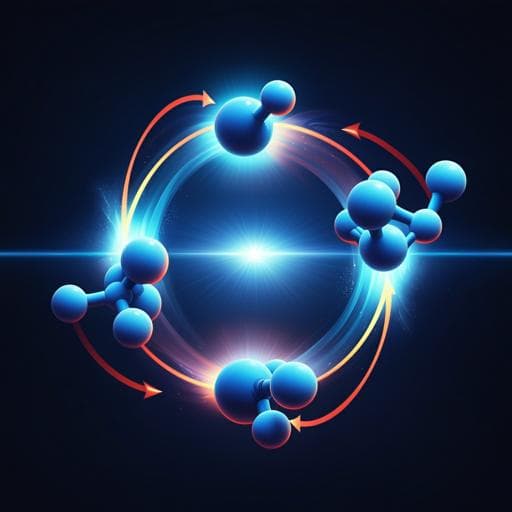
Chemistry
Highly efficient ethylene production via electrocatalytic hydrogenation of acetylene under mild conditions
S. Wang, K. Uwakwe, et al.
Discover a groundbreaking approach to convert acetylene to ethylene with remarkable efficiency through renewable energy-based electrocatalytic hydrogenation, as reported by Suheng Wang and colleagues. Achieving a Faradaic efficiency of 83.2% at room temperature, this innovative method outshines traditional energy-intensive processes, promising a sustainable future for ethylene production.
~3 min • Beginner • English
Related Publications
Explore these studies to deepen your understanding of the subject.







